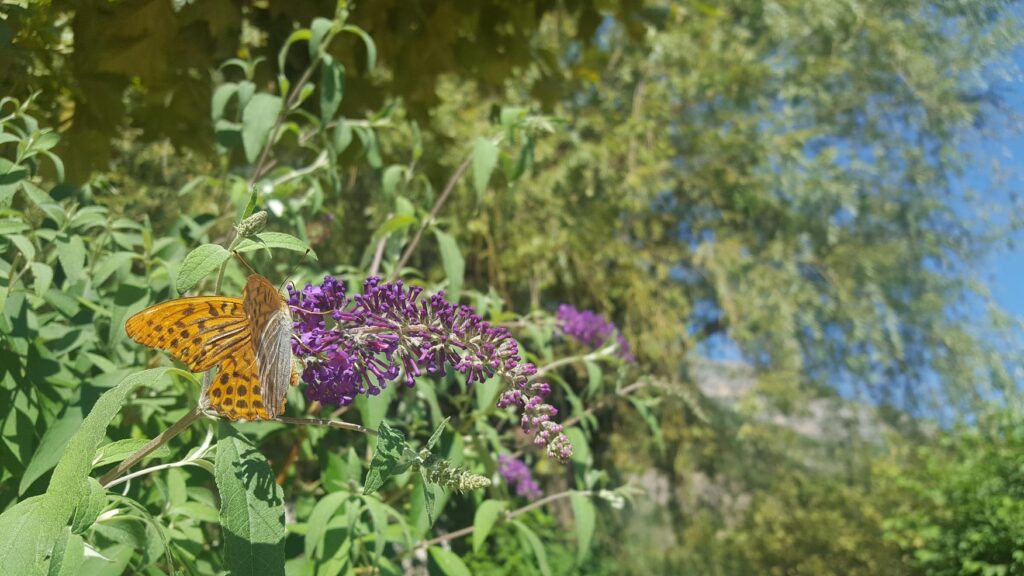One of the main drivers of today’s culture is speed. To some extent, this is because it is confused with performance, but it also is a consequence of misunderstood expectations. It sometimes makes me wonder about the depth of 3-hour workshops.
I recently attended one called “Venture Capital, Business Angels & Startups” lead by INSEAD professor Henning Piezunka. He started of doing this workshop assuming that he would reach some 500 people. Through hard work and lots of word of mouth, he has now reached more than 13.000 people.
On the workshop’s website, Henning makes three promises. One describes what he will do and two describing learnings related to “how”, for example, “how to identify high-performing start-ups”. As for every workshop, the “how” promises need to be read while carefully monitoring one’s expectations. My curiosity with the workshop was with my desire to learn about the trends surrounding venture capital, business angels, and startups. I wanted to get an idea of what they all perceive as the right thing to do, which also means what startups believe they have to do to be successful. And Henning delivered.
Starting the workshop Henning sought to guide our learning with a metric. He named four elements I’m quoting below:
- Stealing: You can make use of what we discuss immediately without changing anything
- Inspiration: What we talked about is useful to you, but requires some work or some tweaking.
- Oyster: What we discussed is interesting to you, but you do not yet know how it is useful
- Discomfort: You do not understand what we discussed or disagree with it.
The idea of stealing is one I connect with a book from Austin Kleon called “stealing like an artist”. Taking the time to figure out what is so interesting that we can reuse it is a great way to contribute to our learning and our ability to do great things. It makes Henning’s learning metric worth “stealing”.
The workshop contained a few inspiring gems. Take for example how venture capital can be analyzed through its different approaches to funding startups or how it changed its approach over the last 60 years. Not to forget that this is about the length of venture capital history. Another interesting point was how startups can benefit from stepping into a search for venture capital. One of the beneficial side effects being that it can transform the organization’s governance thus helping the startup to mature. It’s one that Facebook named, and looking back it’s natural. At the very beginning, startups benefit immensely from not knowing, it’s what lets them stick to the task and also have the courage to go ahead. However, to survive, there is a moment where they have to learn what they don’t know. Governance is one of these learnings. These gems helped transform the view I’ve on this industry and invite me to dig further.
The oyster was in one of the active parts of the workshop. We had to evaluate 9 different company descriptions. We had teamed up with some other participants and were asked to consider them as colleagues in our fund. Which implied that we wouldn’t be measured on our own decisions of which of the 9 companies we would fund, but on the way, we chose as a team. It didn’t make the choice easier. One that was already somewhat random, even if using my understanding of their industry and the available description of the market they were active in. What became clear is that it’s hard work to figure this out. Not only because of a requirement in this industry to be willing to lose a lot of money. Where I don’t know how useful this approach to risk may become is as an everyday choice in the near future. One we may have to make ourselves aware of.
And yes, there was also discomfort. It’s linked to the risk approach and its brutality. It appears in the language used and in some of the behavior, I could observe during the workshop. I wonder if it supports the move towards sustainability we can see appear based for example on ESG criteria or if it becomes an obstacle to growing sustainability.
If some of the above sparked your interest, have a look at one of the upcoming workshops on its website.


